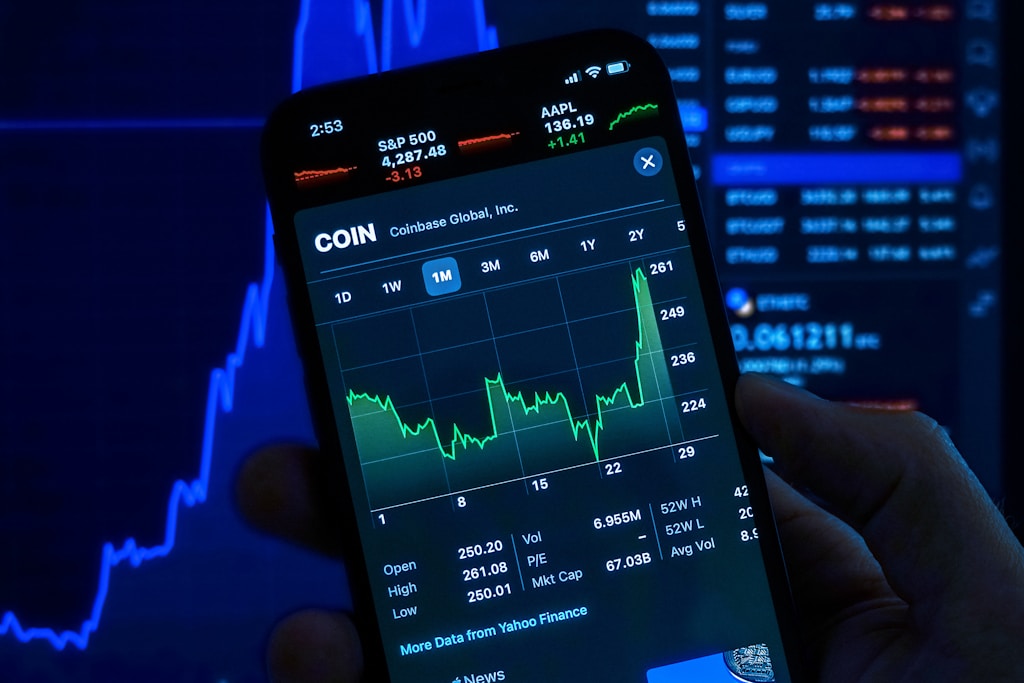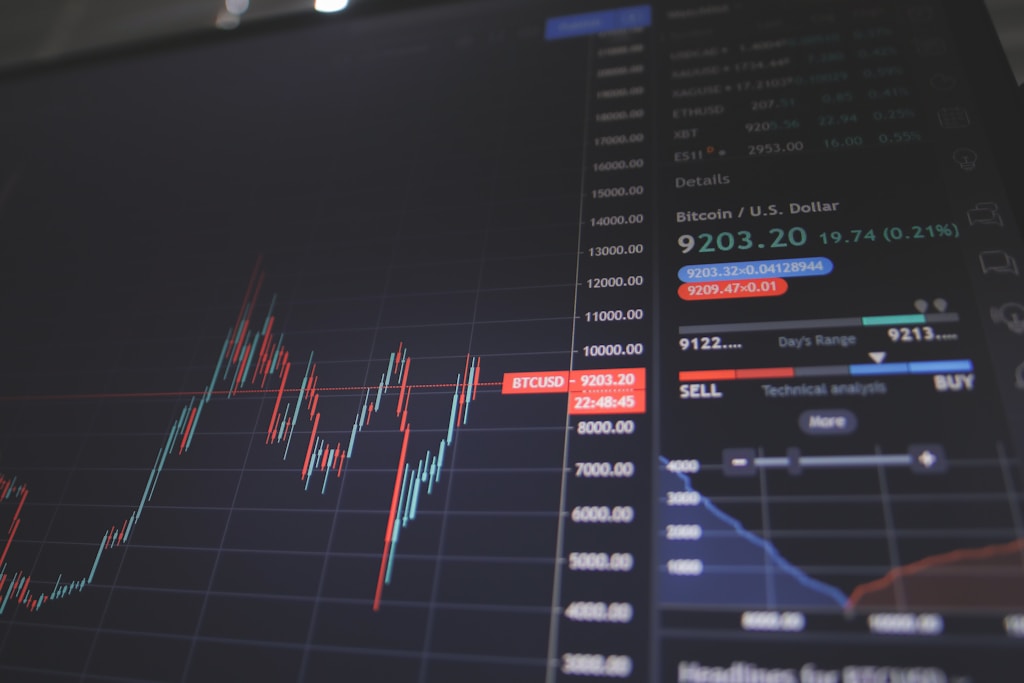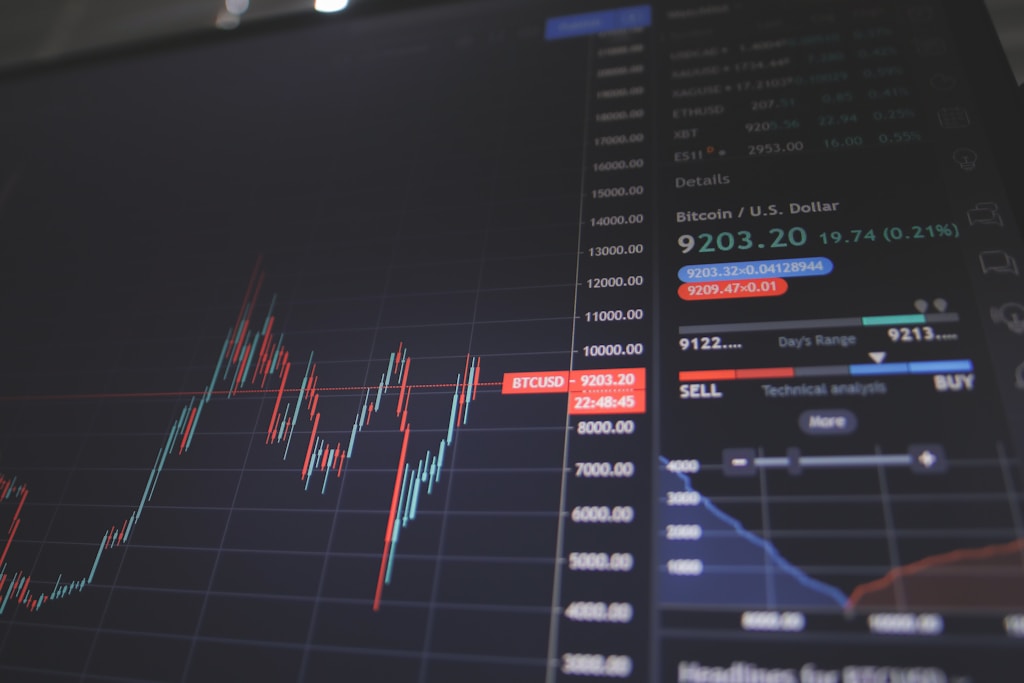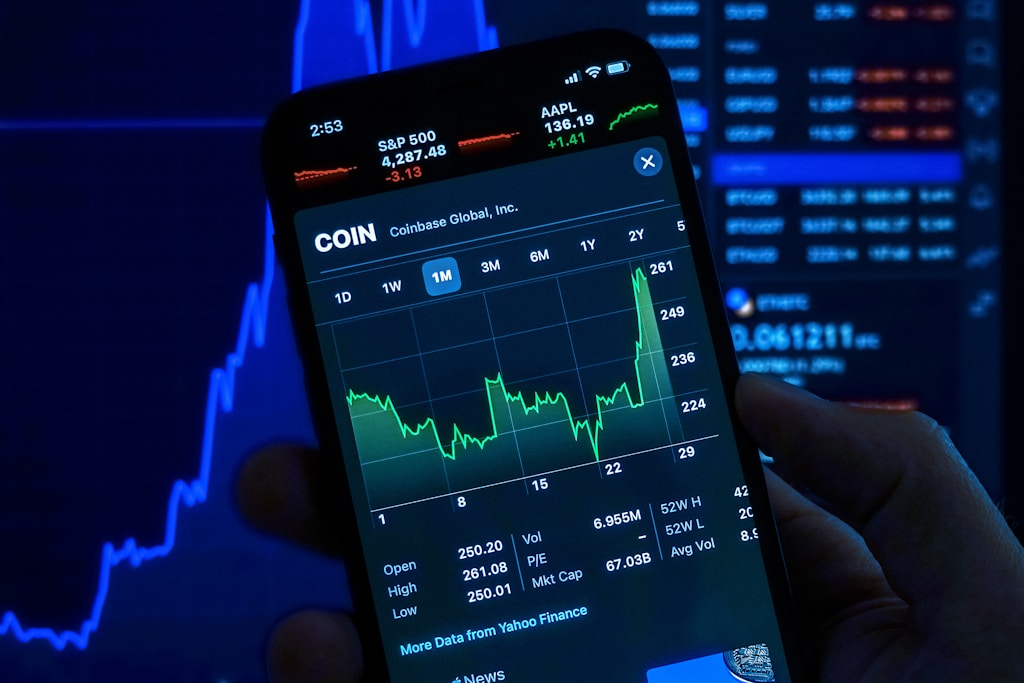Ripple has achieved a significant milestone in its global expansion strategy, securing regulatory approval from the Dubai Financial Services Authority (DFSA) to introduce RLUSD, its USD-backed stablecoin, into the Dubai International Financial Centre (DIFC). This development marks a crucial step in expanding the growing stablecoin ecosystem, which recently hit record volumes globally.
Strategic Expansion and Regulatory Milestone
The DFSA’s approval enables RLUSD to operate as a payment rail within Ripple’s existing DFSA-licensed digital asset platform, potentially serving over 7,000 companies in the DIFC. This integration builds upon Ripple’s established presence in the UAE’s $40 billion cross-border payments market.
Institutional Partnerships and Market Impact
Ripple’s strategic partnerships in the region include:
- Zand – UAE-based digital bank
- Mamo – Regional fintech company
- Ctrl Alt – Digital infrastructure firm
- Dubai Land Department – Real estate tokenization initiative
RLUSD Market Position and Growth
Launched in December 2024, RLUSD has achieved notable milestones:
- Current market cap: $300+ million
- Initial approval: New York Department of Financial Services
- Trading platforms: Uphold, Kraken, and others
- Full USD reserve backing
Future Implications and Market Outlook
The DIFC integration positions RLUSD for significant growth in the Middle East’s digital asset ecosystem. This expansion aligns with the broader trend of regulated stablecoin adoption for institutional use cases, including:
- Cross-border payments
- Digital asset settlements
- Real estate tokenization
- Treasury management
Frequently Asked Questions
Q: What is RLUSD?
A: RLUSD is Ripple’s USD-backed stablecoin, fully reserved with US dollars and regulated by major financial authorities.
Q: How does this approval impact Ripple’s market position?
A: The DFSA approval strengthens Ripple’s presence in the Middle East and expands its regulated stablecoin infrastructure globally.
Q: What are the key use cases for RLUSD in Dubai?
A: Primary use cases include cross-border payments, digital asset settlements, and tokenized real estate transactions within the DIFC ecosystem.






